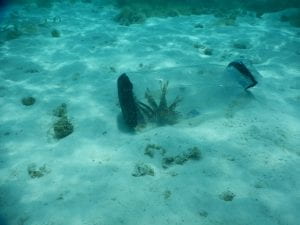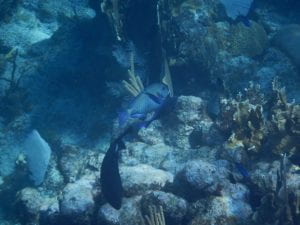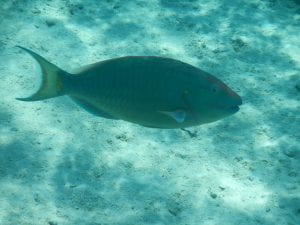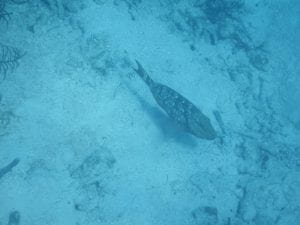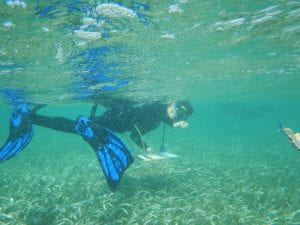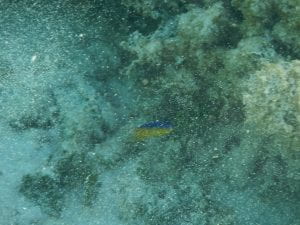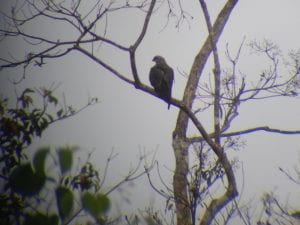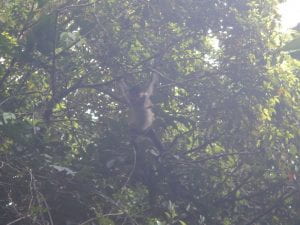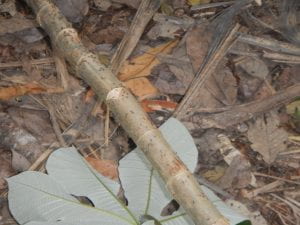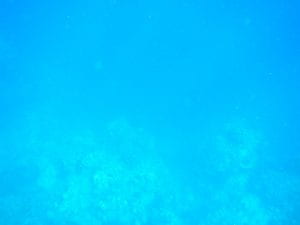
May 30th, 2019
The tropical rainforest and the coral reef are two very biodiverse and seemingly opposite ecosystems; however, I’ve learned that they are quite similar. One similarity is that both ecosystems are actually nutrient poor, however they are able to support a wide array of organisms through very efficient nutrient cycling. In the rainforest, the nutrient cycling is due to the rapid decomposition of leaf litter. In coral reefs, the nutrient cycling mainly happens in nearby mangroves.
Also, in both the tropical rainforest and coral reefs, there is a wealth of symbiotic relationships that help organisms flourish. For example, we learned about the Pseudomyrmex ants and their relationship with the Bullhorn Acacia. The ants defend the acacia, while the acacia provides shelter, carbohydrates, and protein. While in coral the skeleton provides shelter for Symbodinium, while the algae provide food for the coral.
Quite honestly, I don’t remember what my expectations were for the course as the start of it seems so long ago. From what I can remember, I took this course as an indicator to see if I would like doing reef fieldwork and to see if that’s what I would like to do post-graduation, which I can say I want to. What I didn’t consider was how much I would love doing fieldwork in the Chiquibul. I think my favorite part of the course was diving the fore reef. Being able to swim over and stare into the drop-off was just a surreal experience. I also loved the night hike and the night snorkel; the familiar trails and reefs looked very different in the dark and it was a chance to see a lot of predators out and about. I don’t really think I have a least favorite part of the course, except for running through the Mangroves of Death and getting over 50+ bug bites.
One thing that I learned that still haunts me almost is the fragility of both ecosystems and their vulnerability. Both the tropical rainforest and coral reefs rely on a careful balance, such as the balance of coral and macroalgae, and if that balance is interrupted both ecosystems can collapse. I also did not expect how difficult it would be to perform fieldwork underwater. Despite having to deal with wind, current, and the ever-present fire coral, the hardest part was communication. Yet despite the difficulties, I loved the reef fieldwork. Last but certainly not least, I learned that every day things that I take for granted are commodities not necessities. I ended up missing things like a well paved road or warm shower, things that I had never missed before.
Rainforest Mammals seen in the wild
Alouatta caraya
Ateles geoffroyi
Chiroptera
Dasyprocta leporine (possibly)
Didelphis virginiana
Taprius bairdii (camera trap)
Puma concolor (possibly on camera trap)
Herbivorous reef fish
Acanthurus bahianus
Acanthurus coeruleus
Aacnthurus chirurgus
Stegastes planifrons
Abudefduf saxatilis
Stegastus fuscus
Stegastus partitus
Sparisoma viride
Stegastes leocostictus

